Military districts (VO) - a combined-arms territorial association of various local military units, educational institutions and units of the Armed Forces of the Russian Federation. The distribution of the country's territory is practiced not only in Russia, but also in other states. The purpose of the division into military districts is to ensure the implementation of activities related to the training of the armed forces and the entire country in case of war, the ability to purposefully organize proper training of headquarters and troops, as well as ease of management.
Story
The military districts were initially internal and border, were called either by the name of the cities where the headquarters were stationed, or numbered. Within each VO there was a division into garrisons. Military districts were led and are led by commanders subordinate to the Minister of Defense. VOs were first established in 1862 as a consequence of the reforms of D. M. Milyutin, the Minister of War of those times.

It was planned to create military districts on the territory of Russia in the amount of 15. In 1914 there were only 12 of them, plus the military district of the Don Army equivalent to them. Before the First World War, there were Vilensky, Warsaw, Kazan, Caucasus, Kiev, Irkutsk, Omsk, Odessa, Moscow, Turkestan, Petersburg and Amur military districts, then Minsk and Dvinsky were formed.
Soviet authority
The Trans-Caspian region and the Don Army were in a special position. The first Soviet military district was formed by the Council of People's Commissars in 1918 - this is the Petrograd Military District. Two months later, 11 military districts were allocated on the territory of the young republic squeezed from all sides by the White Guard troops. The following - Moscow, Yaroslavl, Oryol, Ural, Belomorsky and Volga - were formed already during the Civil War.
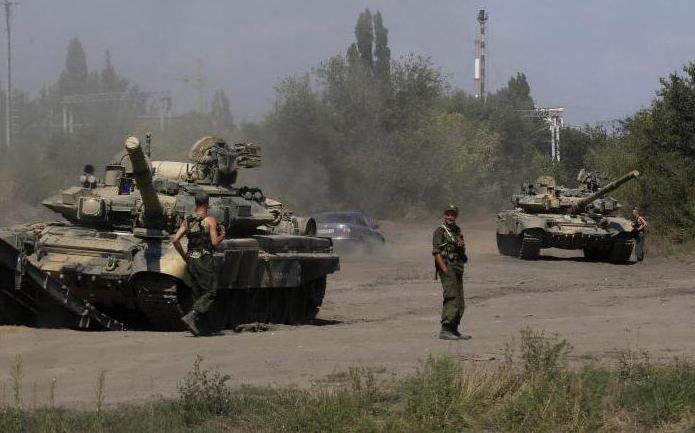
At the head of the army, located on a separate territory, stood the commander of the military district. The leadership took over the headquarters, which was subordinated not only to the troops, but also to the military commissariats, the political directorate of the entire okrug, the commanders of all military branches and all services.
Thirties
In 1935, the administrative division in the Red Army radically changed, as the threat of armed aggression increased. The old doctrine regarding mobilization and all its structures no longer met the potential enemy invasion of the USSR, therefore 13 were created from two separate armies and eight districts - Moscow, Belorussian, Leningrad, Kharkov, Kiev, Transcaucasia, North Caucasus, Volga, Middle Asia , Siberian, Ural, Far Eastern and Transbaikal.
The territorial composition has also changed. The division of military districts into internal and frontier was supplemented by rear and frontal military districts. Frontal should have been deployed to the front, and the mobilization points of the rear districts will respectively provide them with material and human resources. Thus, each group from the frontier and two internal HEs could form a strategic direction.
War
The campaign to Western Ukraine and Belarus in 1939 was made by the troops of the Kiev and Belorussian special military districts under the command of the directorates of the corresponding corresponding fronts, which at the end of the operation were again converted into military districts. Before the start of World War II, the Soviet Union had 16 military units and one (Far Eastern) front. Five months later, seven of them ceased to exist due to the loss of territories after the outbreak of war. In November 1941, the Order of I.V. Stalin was issued regarding the territories of the Military District.
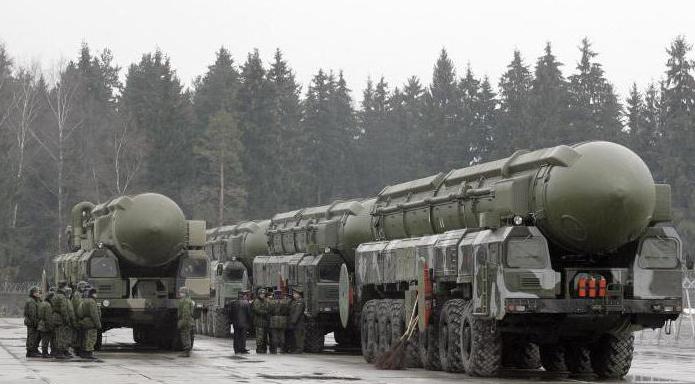
- Arkhangelsk Military District - Komi Autonomous Soviet Socialist Republic, Vologda and Arkhangelsk Regions. Military headquarters of the district - Arkhangelsk.
- Moscow Military District - Mordovia, Chuvash, Mari, Tatar, Udmurt Autonomous Soviet Socialist Republics, Ryazan, Kirov, Tula, Gorky, Ivanovo, Yaroslavl, Moscow Regions with headquarters in Gorky.
- Volga Military District - part of the Stalingrad, east Kursk and Oryol regions, Voronezh, Tambov, Penza, Saratov, Kuibyshev regions with headquarters in Saratov.
- The Stalingrad Military District is the rest of the Stalingrad, Rostov Region, Kalmyk Autonomous Soviet Socialist Republic, Astrakhan District, and the west of the West Kazakhstan Region with headquarters in Stalingrad.
- Ural Military District - Kustanai, Chelyabinsk, Molotov, Sverdlovsk and parts of the Omsk Region, Komi-Permyatsky District with headquarters in Sverdlovsk.
- South Ural Military District - Bashkir Autonomous Soviet Socialist Republic, Guryev, Aktobe, West Kazakhstan and Chkalov regions with headquarters in Chkalov.
- North Caucasian Military District - the south of Rostov, Cherkess and Karachaev AO, Krasnodar Territory and Kizlyar District, Chechen-Ingush and Kabardino-Balkarian Autonomous Soviet Socialist Republics with headquarters in Armavir.
- Transcaucasian Front - Adzhar, Abkhaz, Nakhichevan, Dagestan and North Ossetian Autonomous Soviet Socialist Republics, Armenian, Azerbaijani and Georgian SSRs, South Ossetian, Nagorno-Karabakh Autonomous Districts with front headquarters in Tbilisi.
- Central Asian Military District - the remainder of the Kazakh, Kyrgyz, Turkmen, Tajik, Uzbek SSR with headquarters in Tashkent.
After the war
In July 1945, by a new order of the People's Commissar of Defense of the USSR, new districts were organized and the borders of existing ones changed. The fronts were disbanded, new groups of troops appeared. Another reform took place after the victory over Japan. By October 1945, the fronts were transformed into military districts, demobilization took place, and after 1948 the number of districts was significantly reduced.

During this period, each military district necessarily included up to four motorized rifle or tank divisions, as well as up to five combined arms armies or corps. With very small changes, this entire structure functioned until the collapse of the Soviet Union in 1991.
Modern Russia
Until 2010, there were six military districts in Russia, in addition, from 1995 to 1998 there was a special Kaliningrad region, which was subordinate to the command of the Baltic Fleet. In July 2010, by decree of the President of the Russian Federation, enlargement and reform of the military districts took place. There were four of them. In each of them, following the example of the US Armed Forces, a military district administration was created - the joint strategic command - USC.
- OSK Zapad was created on the basis of the Leningrad and Moscow military districts, the Northern and Baltic fleets. The headquarters is located in St. Petersburg.
- OSK “South” was created from a part of the Volga-Ural and fully North Caucasian military districts, which also included the Black Sea Fleet and the Caspian Flotilla of the Navy. The headquarters is in Rostov-on-Don.
- OSK "Center" was created from parts of the Volga-Ural and Siberian (to Baikal) military districts, the headquarters is located in Yekaterinburg.
- OSK Vostok was created from the Far Eastern and Eastern parts of the Siberian military districts; the headquarters is located in Khabarovsk.
Reasons for Reform
According to the explanations of the staff of the General Staff, such a plan of enlargement allows you to manage much more effectively all the combat arms. The reform helped create strategic groupings of unprecedented power. Each of them can not only repel aggression, but also restrain enemy troops.
The responsibility of the command of the renewed military districts has also significantly increased. In addition, the need for reform has matured also because completely new methods of warfare have appeared. Conflicts are now most often local, fleeting, they involve a limited contingent of the armed forces. USC in peacetime are still called - the military districts of the Russian Federation.
East
The Eastern Military District is the military-administrative unit of the Armed Forces of the Russian Federation, which is designed to protect the eastern part of the country. She combined all the military units that are deployed in the Far East and Transbaikalia.The operational command of the commander of the Eastern Military District is not only combat units.
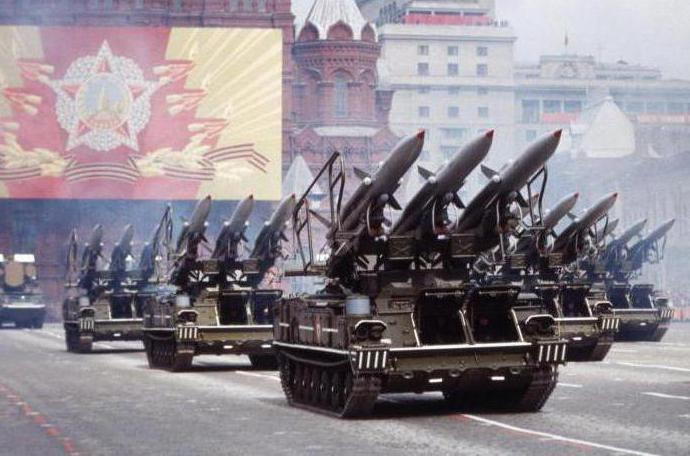
- Internal troops of the Ministry of Internal Affairs of the Russian Federation (operational troops, naval units and many other parts).
- DUI of the Ministry of Internal Affairs of the Russian Federation (700 cadets of the Far Eastern Law Institute).
- Border authorities of the region (border ships - PSKR, line outposts).
- KhPI FSB RF (Border Institute in Khabarovsk).
- Pacific Naval Institute.
- Ussuriysk Suvorov Military School.
In 2016, three units will be fully equipped with contract soldiers, more than 22,000 real specialists were recruited. Eight units of the district are already equipped, including the district ground forces, and the Pacific Fleet. The number of contractors is much higher than the number of draftees. More than 850 units of modern technology and weapons received the district only in 2015. Including the Alexander Nevsky submarine cruiser (strategic missile), the Iskander-M tactical complex, the S-400 (Verba and Triumph), the Tornado-G salvo systems and many other equipment . The aerospace forces were equipped with Su-35 S. fighters. And in 2016, these high rates of rearmament will continue and even increase. Will be delivered aircraft Su-30, Su-34, Su-35, helicopters Mi-8 AMTSH, Ka-53, Ka-27, surface combat ships, coastal complexes "Bastion" and many other weapons.
Centre
The central military district was formed from part of the Siberian and completely Volga-Ural military district. It includes command of the Air Force and Air Defense forces, as well as the 201st military base, which is deployed in Tajikistan. This is the largest military district with an area of more than seven million square kilometers, which is forty percent of the territory of Russia and more than half of its population. The commander of the Central Military Command is subordinate to all formations of the arms and types of troops that are deployed in this territory, with the exception of strategic missile forces, as well as the Internal Troops of the Ministry of Internal Affairs, the FSB Border Services, parts of the Ministry of Emergencies, educational institutions, and much more.
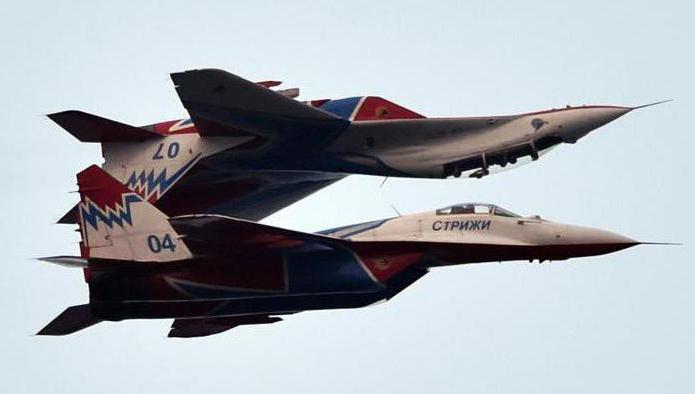
The district’s armaments are armed with 12 Tochka-U launchers and as many Iskanders, more than 500 T-72 tanks, more than 800 BMP-2 and BMD-2, more than 300 BTR-80, about 500 self-propelled guns, towed guns, 300 missile systems RZSO "Hurricane" and "Grad", anti-tank missile systems, more than 250 launchers S-300V, "Strela-10", "Buk", "Wasp", "Tor", 50 air defense systems "Tunguska", more than 20 ZSU " Shilka. " Tank reserves are located here at two central bases, which contain more armored vehicles than are currently in service in units.
The air defense of the Central Military District is also equipped with the latest technology: six anti-aircraft missile regiments armed with S-300P air defense systems. The district aviation has front-line Su-24 bombers, MiG-24 interceptors, Mi-8 and Mi-26 transport helicopters. Long-range strategic aviation located in the district is subordinated to a higher command. These are airbases in Engels, Irkutsk and Orenburg.
South
On the basis of North Caucasian Military District (North Caucasus), the Southern Military District was formed. It includes the Caspian Flotilla, the Black Sea Fleet, the Air Force and Air Defense Command. In addition, outside the Russian Federation there are military bases subordinate to the Southern DIS. There are three of them: in Abkhazia, South Ossetia and Armenia. All military units in the district are subordinate to the commander, except, again, strategic missile and space forces of the Russian Federation.
The Southern Military District is armed with about 400 T-72 and T-90 tanks, more than a thousand BMD and BMP, 250 wheeled BTR-80s, 800 tracked BTR-D and MTLBs, almost 500 self-propelled guns, towed guns, mortars, and a lot of Smerch RZSO ”And the latest“ Tornadoes ”, as well as the S-300V and S-300P, S-400,“ Buki ”,“ Torah ”,“ Wasps ”,“ Arrows ”and“ Tunguska ”. The air forces are equipped with Su-24 front-line bombers, Su-25 attack aircraft, MiG-29, Su-30, Su-27 fighters. The okrug is heavily armed with helicopters - combat Ka-52, Mi-28N, Mi-24, there are also Mi-26 and Mi-8 transporters.The Black Sea Fleet is based in Novorossiysk and Sevastopol. Submarines, missile cruisers, anti-submarine, landing and patrol ships, missile boats and minesweepers were concentrated there. The Caspian flotilla has patrol missile ships with Caliber-NK and Onyx, landing and missile boats, and minesweepers.
West
The Western Military District was formed first according to the new system of military administration in connection with the reform of the Armed Forces of the Russian Federation. The command of the okrug is subordinate to all types and arms of service, except for strategic missile forces, which are located on its territory. Also, the MVD Ministry of Internal Affairs, the FSB FS, the Ministry of Emergency Situations, which serve in the west of the country, are operatively subordinate to him. The Northern Fleet, which was under the auspices of the Western Military District until 2014, was transferred to the Joint Strategic Command of the Northern Military District.
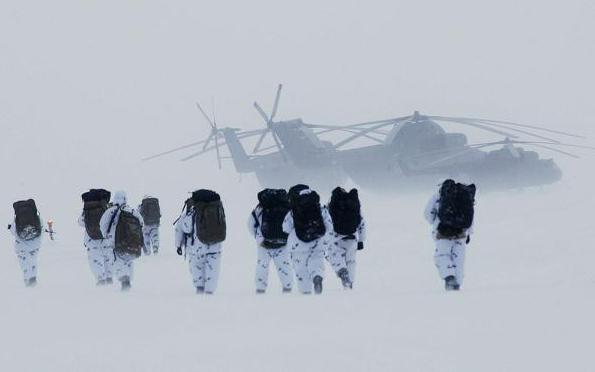
The equipment of the district’s troops is the most modern, and there is no shortage of it. In service there are tactical missiles "Tochka-U" and "Iskander", tanks T-72 and T-90, wheeled and tracked BMD, MTLB, BMP and BTR, self-propelled guns, mortars, many RZSO "Grad", "Smerch", " Hurricane ”, more than 200 ATGMs, about 500 launchers S-300V and S-400,“ Tor ”,“ Buk ”,“ Wasp ”,“ Arrow-10 ”, dozens of air defense missile systems“ Tunguska ”,“ Shilka ”. I must say that there are significantly more anti-aircraft regiments in this district than in all the rest - 22 out of 38. In addition, several thousand T-90 and T-72 tanks and other armored vehicles are stored in reserve. Aviation has front-line bombers in the amount of about one hundred - Su-34 and Su-24, fighters and interceptors, including carrier-based. There are also many helicopters, even there are multi-purpose Mi-8-17 and naval Ka-27-29-32. The Baltic Fleet owns diesel submarines, destroyers, patrol ships, corvettes, anti-submarine, landing and missile ships, boats and minesweepers.






